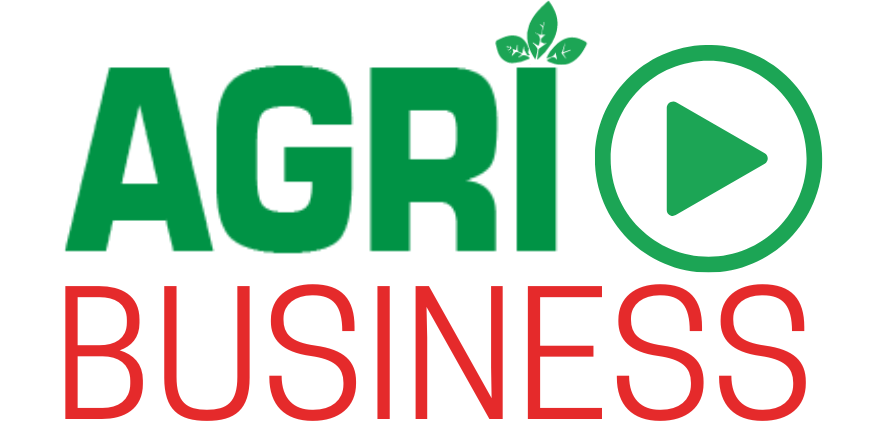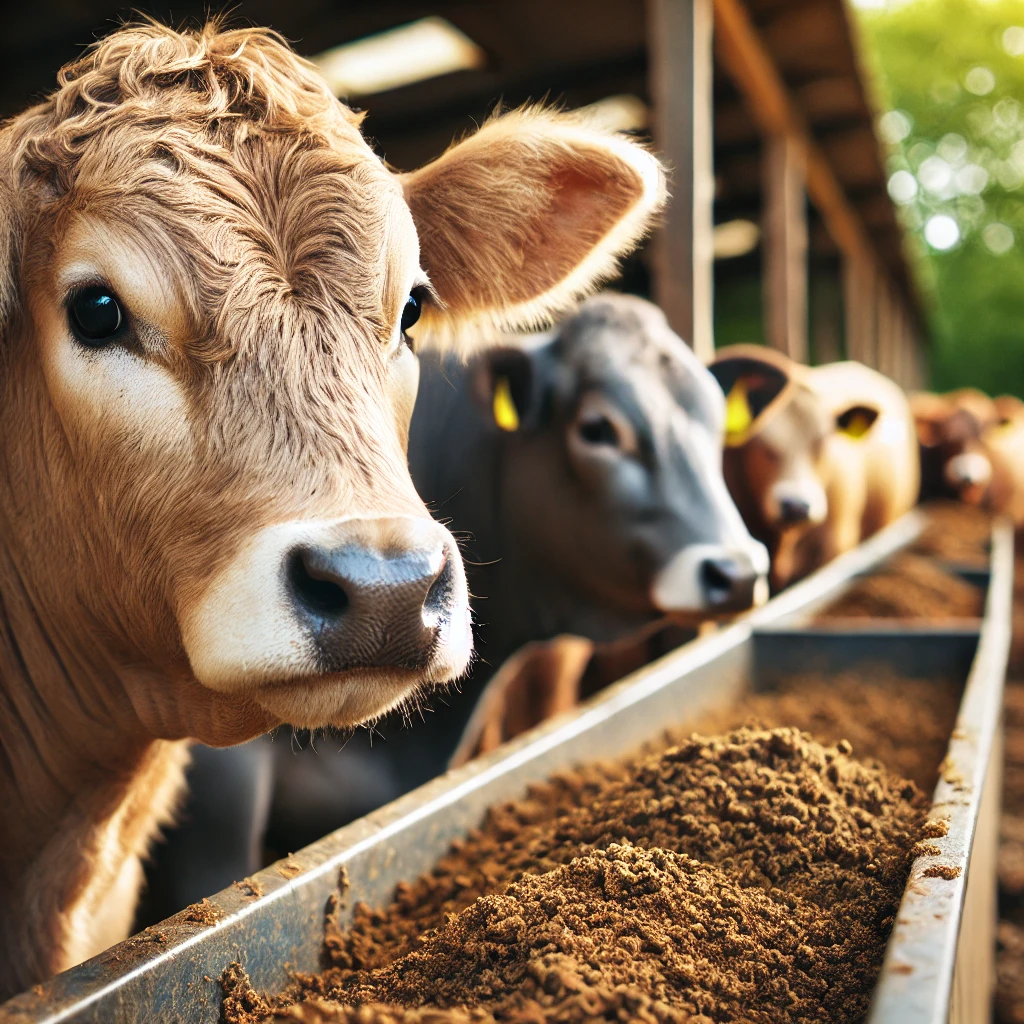EADF Encourages Farmers to Tap into Feedlot and Feeder Stock Markets
SIBUSISO MNGADI
Nhlangano, Shiselweni – The Eswatini Agriculture Development Fund (EADF) is offering smallholder farmers and agribusiness entrepreneurs an opportunity to expand their livestock ventures through affordable financing options. This was revealed by Nothando Simelane, Technical Specialist -Livestock Value Chain, at EADF, during a recent training session for feedlot farmers held in Nhlangano.
In an interview with Agribusiness Media, Simelane highlighted that EADF provides low-interest loans at just 9% per annum, targeting farmers across the entire livestock value chain. The funding covers infrastructure, cold storage facilities, logistics, and inputs—crucial elements for strengthening commercial livestock farming in Eswatini.
However, Simelane emphasized that for farmers to qualify for funding, their projects must be viable and profitable. “We assist farmers in preparing loan applications and assessing the feasibility of their projects,” she said. “If a business does not demonstrate profitability, we offer guidance and collaborate with agricultural extension officers to improve its viability.”
Minimum 20 Cattle for Viability in Feedlots
Addressing the specific challenges in the feedlot sector, Simelane explained that a minimum of 20 cattle is typically required to run a viable operation, particularly when sourcing feeder stock from other farmers. “If the margins are too small, we advise farmers to scale up their operations to ensure they can generate enough income to sustain their businesses and repay the loan,” she noted.
The EADF has already received over 30 loan applications from livestock farmers, with more than 10 progressing to the next stage of evaluation. For new farmers, the fund offers loans of up to SZL 3 million, while existing businesses can access up to SZL 5 million. The minimum loan amount is SZL 5,000, but all applications require a comprehensive business plan to determine feasibility.
Opportunity in Feeder Stock Breeding
Simelane also pointed out a major gap in the market—the supply of feeder stock to support the growing feedlot industry. “There is an opportunity for farmers to focus on breeding and supplying feeder cattle to feedlots,” she said. “This is a critical area, and we are open to discussing financial support for farmers who want to explore this avenue.”
As Eswatini seeks to strengthen its livestock industry and enhance food security, funding opportunities such as those provided by EADF present a lifeline for smallholder farmers and agripreneurs looking to scale their businesses. With proper planning and financial support, local farmers can tap into the profitable feedlot and feeder stock breeding markets, ensuring sustainability in the country’s livestock value chain.
For farmers interested in applying for funding or learning more about livestock business viability, the EADF remains available to provide guidance and support.
For more information, contact EADF: 7802 5877




